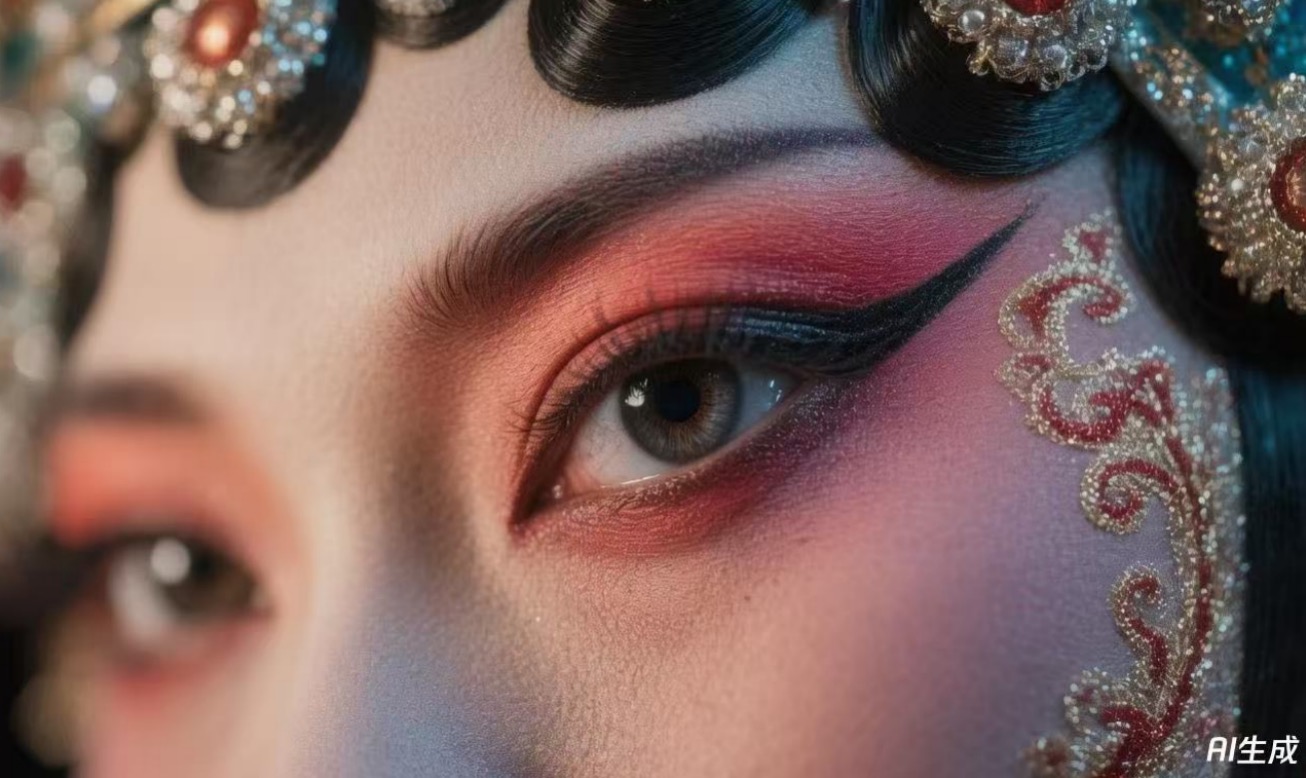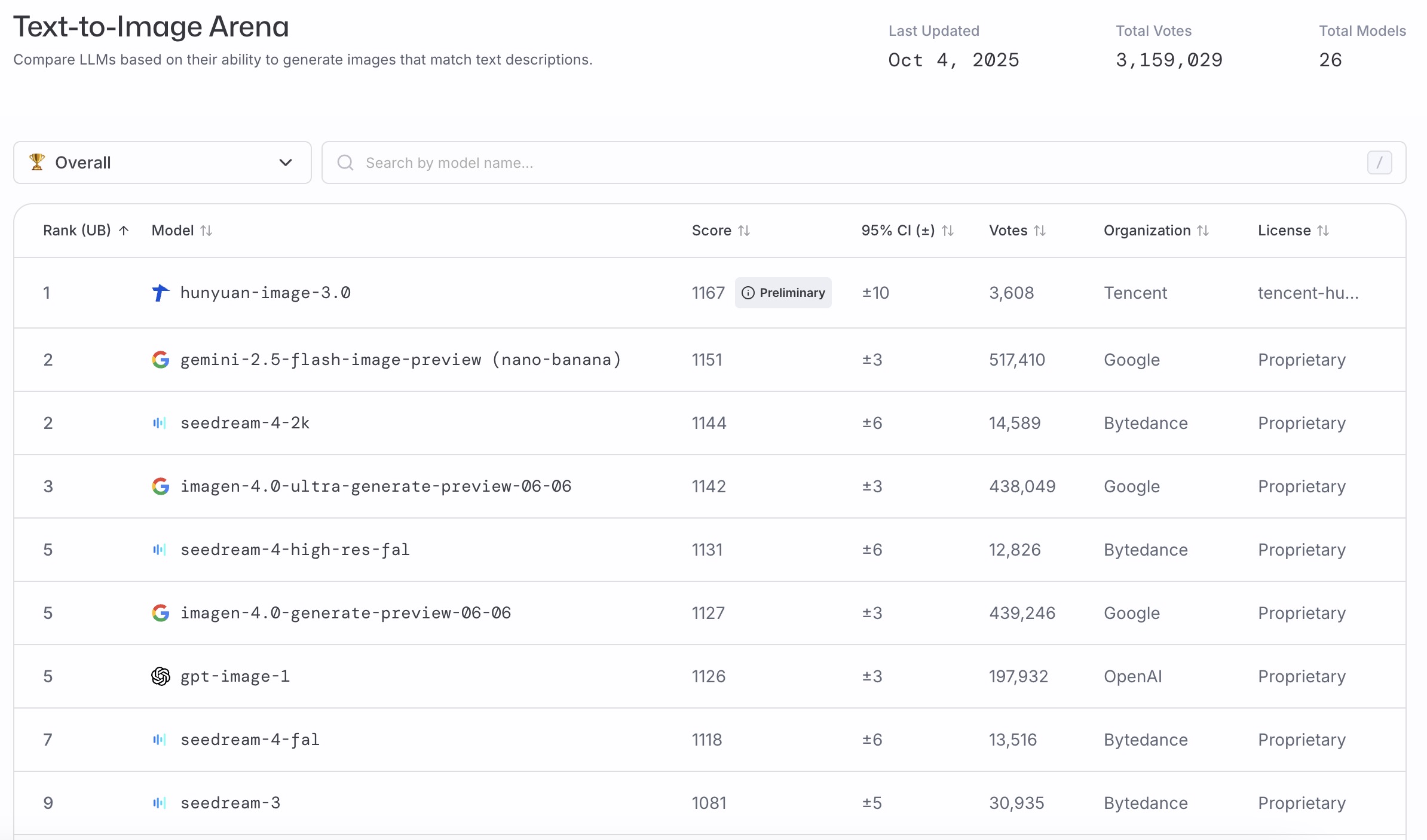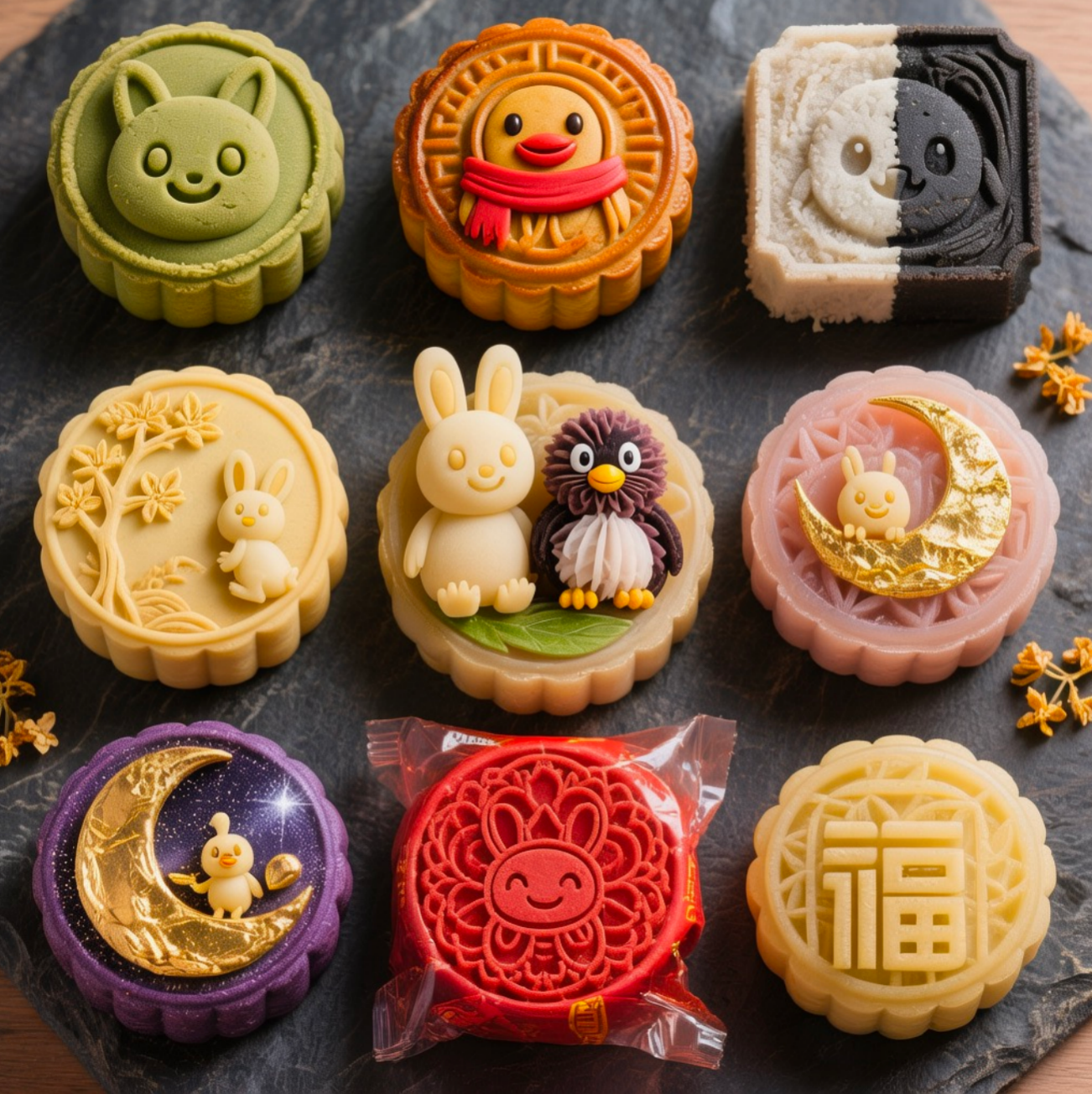
Released just a week ago, the open-source model HunYuan Image 3.0 developed by Shenzhen-based internet giant Tencent has topped the text-to-image ranking on a renowned list evaluating global large models, reflecting the advanced capabilities of Chinese products in the multimodal ecosystem.
According to LMArena’s latest ranking updated on Sunday, the model jumped to first place among 26 global large models in the text-to-image sector, beating proprietary systems developed by AI powerhouses Google and OpenAI such as Gemini 2.5 Flash Image Preview, which is dubbed “nano banana”.
ALSO READ: Shenzhen boosts healthcare with widespread AI adoption
LMArena is an innovative AI model evaluation platform launched by UC Berkeley. Its rankings are generated through its “blind vote” mechanism, which invites human users to vote anonymously to measure model performance.
HunYuan Image 3.0 is Tencent's native multimodal graph model released and open-sourced on Sept 28. It has held the top position over the past week on the Hugging Face — the world’s largest open-source community — hotlist.

According to Tencent, the model possesses common sense and can reason using knowledge. It achieves high accuracy in semantic understanding and delivers exceptional aesthetic quality, generating realistic, high-quality images. Additionally, it supports text generation in both Chinese and English, including long-form text rendering.
The model will introduce more features such as image-to-image generation, image editing, and multi-turn interactions, in future updates.
Last Thursday, video generation model Kling 2.5 Turbo, developed by Chinese short-video platform Kuaishou, also dominated image-to-video and text-to-video charts in the rankings of AI benchmarking organization Artificial Analysis, outperforming models such as Veo 3, Ray3, and PixVerse V5.
Peter, a tech enthusiast who closely follows the AI trend, said Hunyuan Image 3.0 has achieved a new level of understanding when it comes to the Chinese language and cultural elements. It no longer relies on rigid element-stitching but genuinely comprehends the artistic essence and cultural connotations of inputs. Both its comprehension abilities and the quality of its presentations are quite impressive, he said.

Liu Cong, a social media influencer who has written two books on AI large models, said Tencent has been actively open-sourcing its models lately. Despite the accelerating iterations, the quality of the HunYuan Image model remains stable.
In addition, with Tencent’s robust ecosystem, a series of HunYuan models are integrated into the company’s various products.
He noted that the tech giant’s long-term strategy in the AI sector is to build technology edges using the open-source approach and to validate application scenarios with its ecosystem.
Although HunYuan has reached a top level in image and 3D generation, Liu said he believes there is still room for improvement in text and multimodal understanding.
He added that the recent performances of HunYuan and Kling represent the first strike in the new round of competition against foreign AI giants, and that he looks forward to the continued advancement of domestic large models.
Contact the writer at bingcun@chinadailyhk.com


